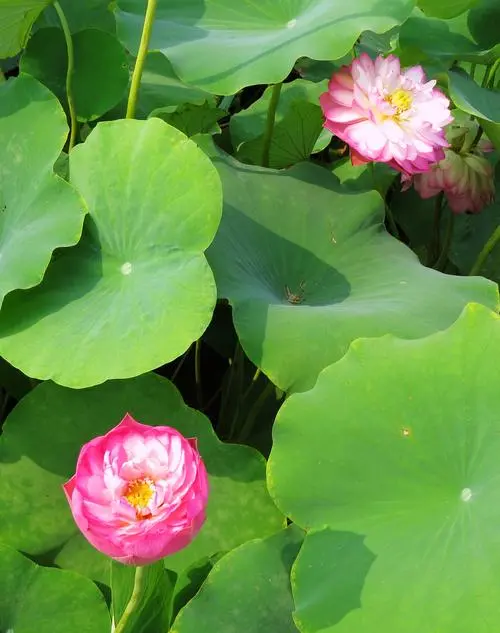The life span of plant seeds varies greatly. Some short-lived seeds, such as willows, will lose their ability to germinate in just one week under open air. What’s more, a desert plant, Haloxylon ammodendron, will die within a few hours under natural conditions once it matures. However, if it encounters a little water, it will quickly germinate, take root, and enter a new round of growth cycle.
Of course, the life span of most seeds is much higher. There are more than 700 plant seeds with a life span of more than ten years, of which more than 60 have a life span of up to one hundred years, and the longest-lived more than 20 plants have a life span of more than 500 years.
Speaking of long-lived seeds, lotus seeds should be introduced. They are not only famous for their longevity, but also have a certain legendary color. In 1952, people dug up a batch of ancient lotus seeds in the peat layer of Paozitun Village near Pulandian, Liaoning Province, my country. According to measurements, their survival time has reached more than a thousand years. These lotus seeds were later taken to the Beijing Botanical Garden for planting, and they were able to germinate, bloom, and bear fruit, and have many offspring.
In 1963, Dr. Ohga gave 100 seeds of “Ohga Lotus” which were more than 2,000 years old to Guo Moruo, the president of the Chinese Academy of Sciences who was visiting Japan at the time, and asked him to take them back to China and distribute them to several plant research units for planting. Thus, the ancient Japanese lotus blossomed brightly on Chinese soil. Later, scientists from Wuhan Botanical Garden conducted such an experiment: artificially hybridizing “Ohga Lotus” with ancient Chinese lotus unearthed in Liaoning, so a hybrid lotus called “Sino-Japanese Friendship Lotus” stood out under careful cultivation.
Regarding the lifespan of buried seeds, lotus is not the champion. According to a report by Canadians in 1967, more than 20 Arctic lupine seeds were found in lemming holes in the central area of the Yukon River in North America. These seeds buried deep in the permafrost were determined to have a history of more than 10,000 years. But interestingly, after sowing, 6 of them can still germinate and grow.
Now we know that the lifespan of seeds depends first on its genetic nature and is related to the characteristics of the variety. Generally speaking, seeds with hard, impermeable and airtight seed coats tend to have a longer lifespan. Second, it depends on the storage conditions. Frozen soil and peat layers are ideal storage places. There are many other factors that may affect the lifespan of seeds. Take water content as an example. Generally speaking, the lower the water content of seeds, the longer the lifespan. Some people have tested that when the water content of seeds is between 4% and 14%, the lifespan can be doubled for every 1% reduction in water.
Temperature also affects the lifespan of seeds. According to tests, between 0 degrees Celsius and 50 degrees Celsius, the lower the storage temperature, the longer the lifespan of seeds.
Seed preservation is of great significance to mankind. Modern scientists are increasingly interested in collecting germplasm resources, because each seed is the product of long-term natural selection and artificial selection in history, has its own characteristics, and may play a unique role. Agricultural seeds, in particular, are the most important basic materials for breeding new crop varieties.

